
Dry skin is quite common problem and people usually experience such condition on the hands, sides of the upper body or on the front lower leg. You may suffer from dry skin during winter time, due to natural changes of the skin as we grow older or simply, be genetically predisposed to have dry skin.
To avoid serious inflammation of the skin (also known as dermatitis) you should properly treat your dry skin. Precautionary measures commonly include less time in the shower or the bath, lukewarm instead of hot water and moisturizing soaps. Apply a moisturizer on wet skin and try some thicker creams and ointments instead of regular body and hand lotions.
Just Dry Skin or Dermatitis?
Dry skin is known to cause flakiness and scaling of the skin and in some cases intense itching. If there is nothing that suggests the skin is inflamed, you do not have dermatitis, but uncomplicated dry skin. The first signs of dermatitis are often found to be redness of the skin which is flaking. This is when you should pay more attention to your problem, since it may be allergic contact dermatitis, seborrheic dermatitis, atopic dermatitis or even athlete’s foot or some other form of dermatitis.
Various Types of Dermatitis
Depending on the type of dermatitis and its symptoms these skin conditions are treated differently. Try to compare your skin problem with online pictures of dermatitis and look for those that look similar to your rash.
Atopic dermatitis or eczema is commonly known to affect the face, hands, underside of the elbows or knees and the feet. Patients have problems with extremely dry skin which tends to itch.
Generalized exfoliative dermatitis affects almost all skin on the body and the face. It may develop after taking some medications or be caused by lymph node cancer (lymphoma). The skin is usually red, thick, scaly and itchy and there is also fever, swollen lymph nodes or loss of fluids and proteins because of skin damage.
Seborrheic dermatitis is not very common skin problem. These people experience white or yellow flakes on the skin, especially on oily parts of the body, such as the inner ear, the eyebrows, eyelids, lips and the scalp as well. Sometimes, seborrheic dermatitis may affect different skin folds and creases of the body. This condition is treated with shampoos against dandruff, but more serious problems should be reported and treated by a medical professional. Severe seborrheic dermatitis might need to be treated with prescription shampoos or even some steroid medications.






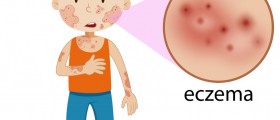
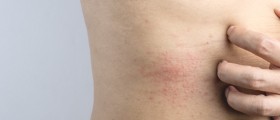
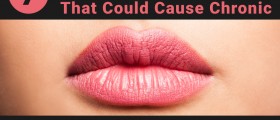
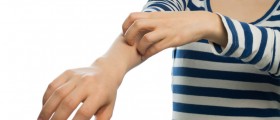





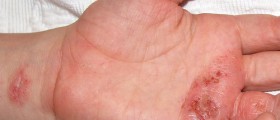

Your thoughts on this
Loading...